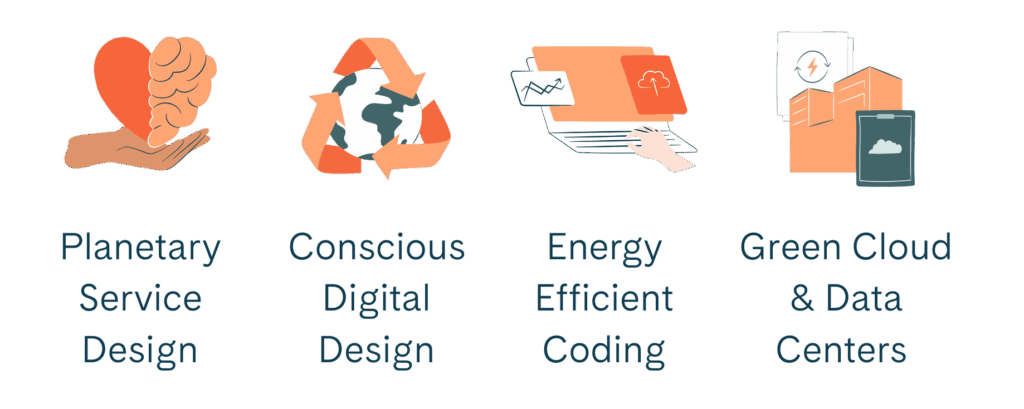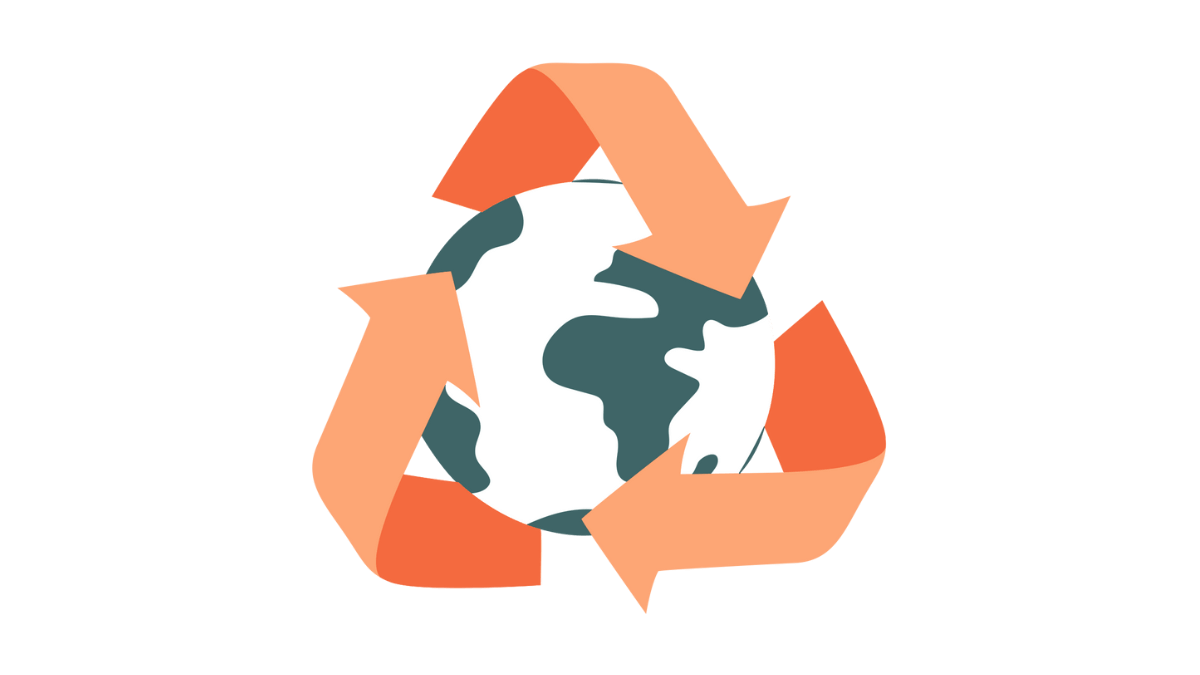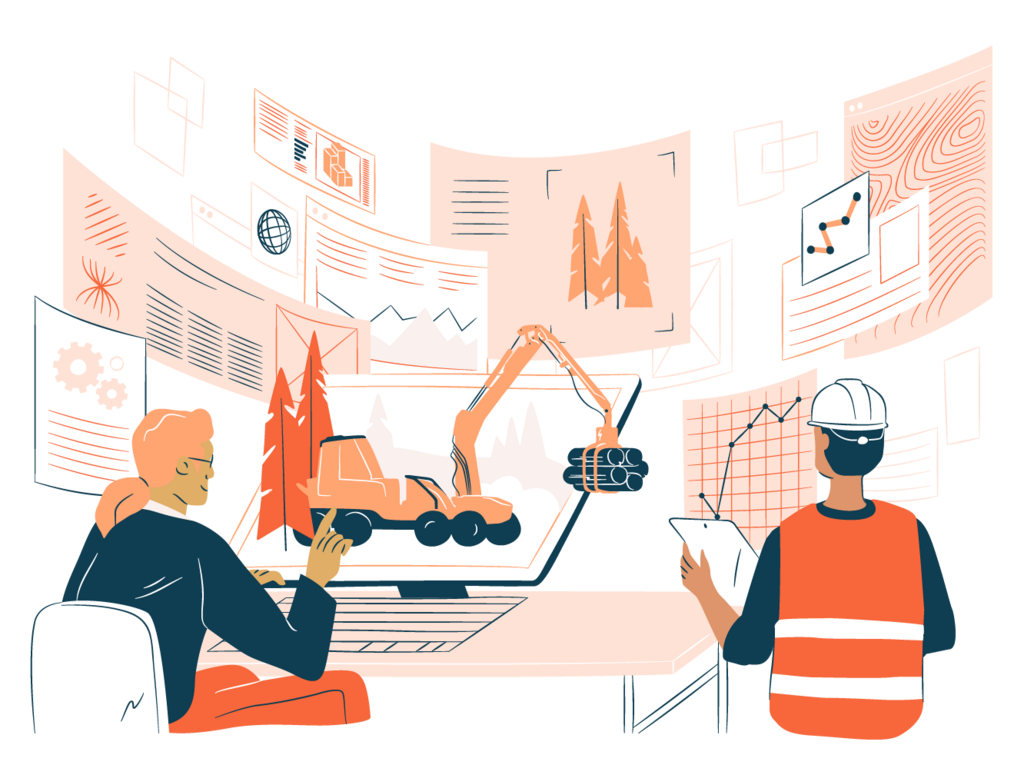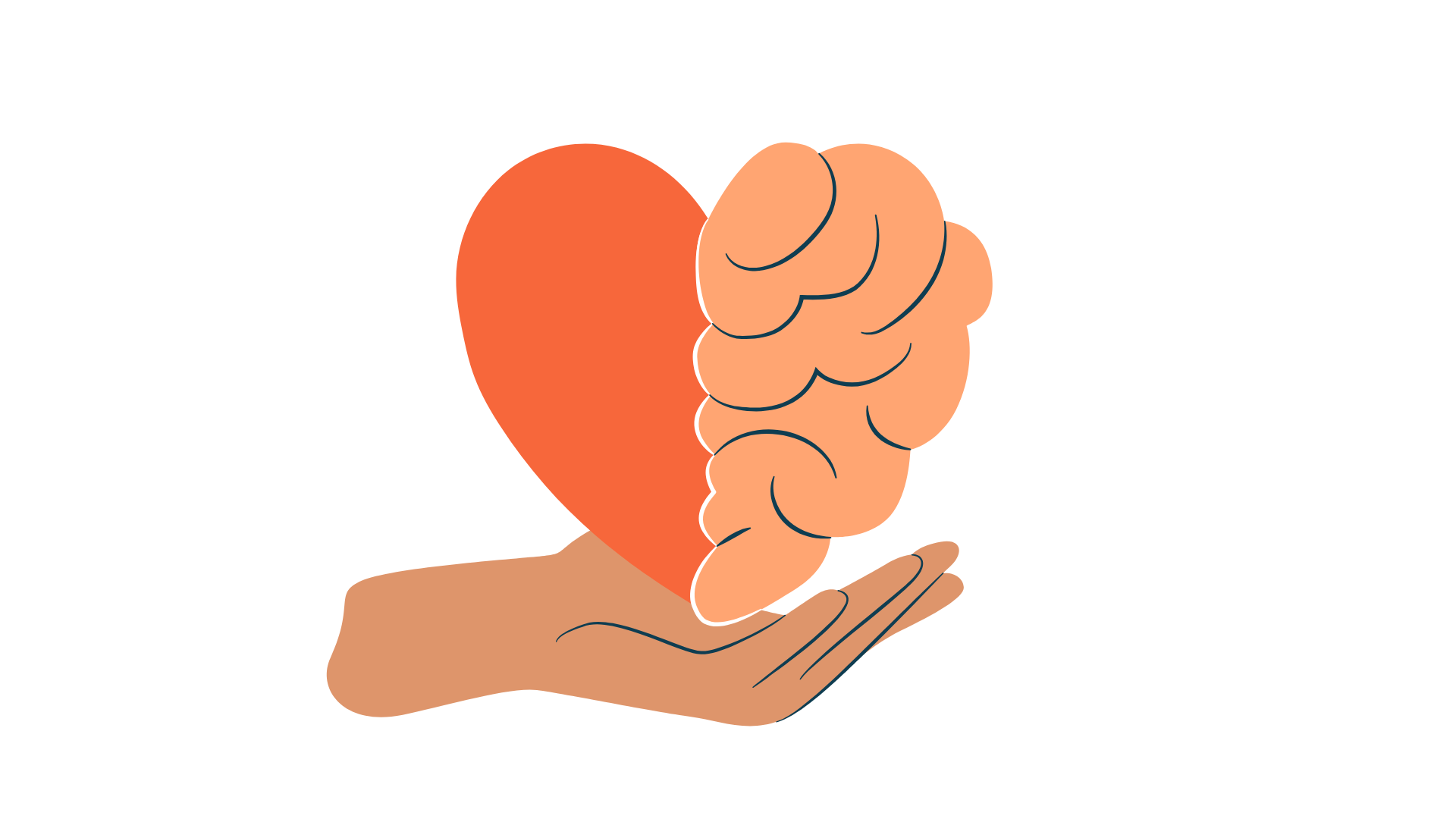Good digital design makes a product stand out — but conscious digital design also benefits the planet. It’s not about doing things totally different and spending more time or sacrificing top-notch desirability and visuals. It is the small design choices that can have a big environmental impact.
Why conscious digital design matters
Digital design isn’t “immaterial.” Every screen, asset, and interaction consumes resources and energy. Yet in most projects, environmental impact rarely enters the conversation. We focus on usability, brand, and aesthetics — all important, but only a part of the big picture.
The truth is, as designers, we have more influence on the digital footprint of a service than we often realise. Assets are reused thousands or even millions of times. Optimising a single icon might seem insignificant, but consider this:
If you send a 3 kB icon instead of a 30 kB one million times, you’re moving 3 GB versus 30 GB of data. Based on Finnish network energy studies (Traficom 2023), that difference equals roughly 1.5 to 3.6 kWh — enough to power a laptop for days — just for a single asset in transit.
To support designers and developers in making conscious choices, we developed the Environmental Digitisation Toolkit. It translates broad sustainability goals into four tangible areas that digital professionals can directly influence:

Each area includes an introduction, a set of principles, and a checklist to make sustainability practical in daily work.
In this blog post, we will focus on conscious digital design. By conscious digital design we mean UX, UI, visual and content design, that keeps the planet in mind. Conscious digital design helps teams make smarter choices that save resources while still delivering great user experiences. It turns sustainability from an abstract goal into everyday design practices.
Principles of conscious digital design
Principles are the high-level mindsets to guide design decisions. Some of the principles we cover in the Environmental Digitisation Toolkit are:
1. Reuse assets – build a design system
An efficient design system maximises reuse and minimises waste. Avoid reinventing components that already exist, and keep the library optimised.
2. Emphasise sustainable choices
Whether it’s dark mode or greener delivery options, sustainable choices should be the easiest path for the user.
3. Reconsider content and functionalities
Ask whether each functionality or content piece justifies its environmental cost. For example: do you really need an embedded video player, or would a simple link provide the same value?
Questions to consider
Here are some concrete questions you can use to remind yourself in your daily design practice:
- Is there a design system or a component library in place? With a design system you’ll by default reuse content and assets without having to duplicate them many times. Don’t forget to optimise your assets inside the system.
- Are you treating data sustainably? Collect only what’s necessary and limit storage time. This is often no one’s explicit responsibility — which is why it’s important for designers to advocate for it.
- Have you made sure that there is no green or white washing in the contents or imagery? Think critically about this one. It’s easy to make assumptions in text or visuals that result in misleading claims.
- Have you set the default options to have the lowest environmental impact? For example: delivery methods, video autoplay off, or loading at lower resolution first.
- Have you considered the environmental impact of AI before using it to generate images or texts? AI can make your design process more efficient, but keep in mind the environmental impact of each prompt.
- Have you limited the use of video? Video is one of the heaviest assets a digital service can have. Consider resolution, necessity, and always let the user start playback (no autoplay).
Keen on starting your path as a sustainability advocate?
Explore the Environmental Digitisation Toolkit and see how it fits into your work. Start small by integrating just one conscious change in your next project — even minor adjustments can make a difference. The toolkit is here to make sustainable choices simple, practical, and impactful — so you can focus on designing great experiences while knowing you’re making a positive change.



